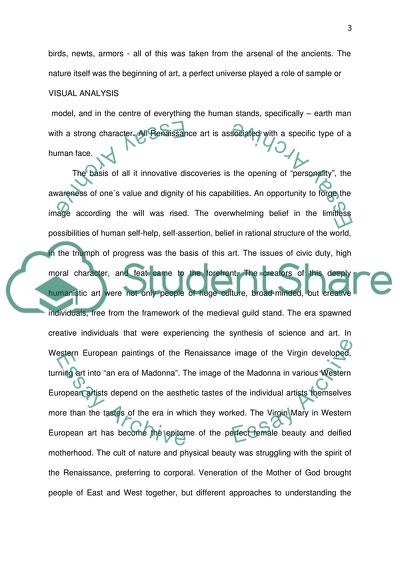Cite this document
(Madonna and Child in Glory Literature review Example | Topics and Well Written Essays - 1250 words, n.d.)
Madonna and Child in Glory Literature review Example | Topics and Well Written Essays - 1250 words. https://studentshare.org/visual-arts-film-studies/1860535-visual-analysis
Madonna and Child in Glory Literature review Example | Topics and Well Written Essays - 1250 words. https://studentshare.org/visual-arts-film-studies/1860535-visual-analysis
(Madonna and Child in Glory Literature Review Example | Topics and Well Written Essays - 1250 Words)
Madonna and Child in Glory Literature Review Example | Topics and Well Written Essays - 1250 Words. https://studentshare.org/visual-arts-film-studies/1860535-visual-analysis.
Madonna and Child in Glory Literature Review Example | Topics and Well Written Essays - 1250 Words. https://studentshare.org/visual-arts-film-studies/1860535-visual-analysis.
“Madonna and Child in Glory Literature Review Example | Topics and Well Written Essays - 1250 Words”. https://studentshare.org/visual-arts-film-studies/1860535-visual-analysis.


